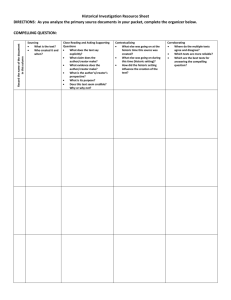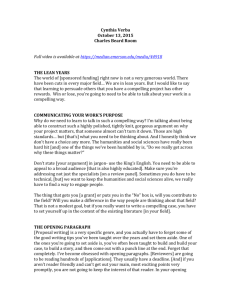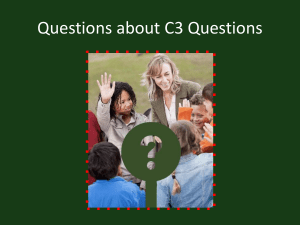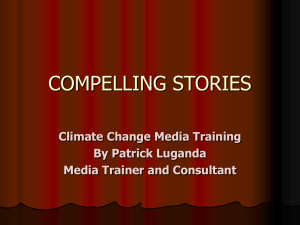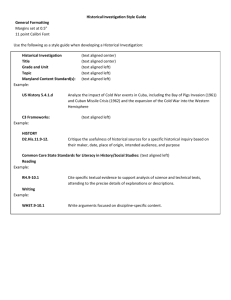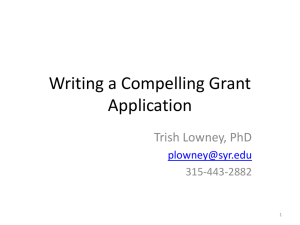Historical Investigation Template
advertisement
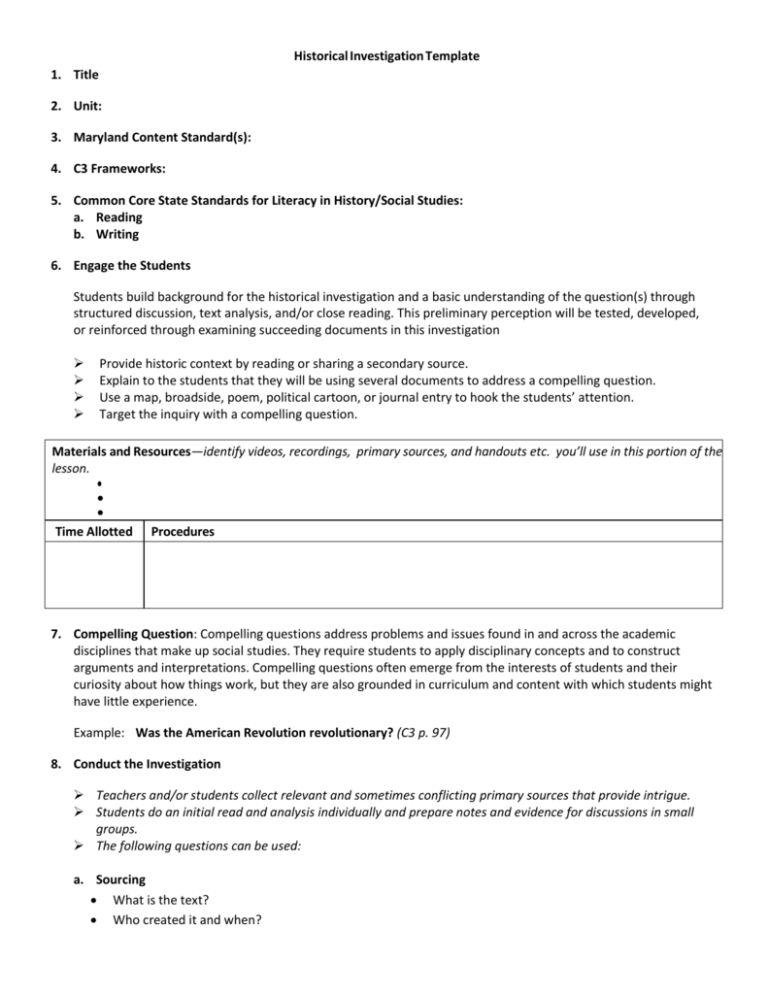
Historical Investigation Template 1. Title 2. Unit: 3. Maryland Content Standard(s): 4. C3 Frameworks: 5. Common Core State Standards for Literacy in History/Social Studies: a. Reading b. Writing 6. Engage the Students Students build background for the historical investigation and a basic understanding of the question(s) through structured discussion, text analysis, and/or close reading. This preliminary perception will be tested, developed, or reinforced through examining succeeding documents in this investigation Provide historic context by reading or sharing a secondary source. Explain to the students that they will be using several documents to address a compelling question. Use a map, broadside, poem, political cartoon, or journal entry to hook the students’ attention. Target the inquiry with a compelling question. Materials and Resources—identify videos, recordings, primary sources, and handouts etc. you’ll use in this portion of the lesson. Time Allotted Procedures 7. Compelling Question: Compelling questions address problems and issues found in and across the academic disciplines that make up social studies. They require students to apply disciplinary concepts and to construct arguments and interpretations. Compelling questions often emerge from the interests of students and their curiosity about how things work, but they are also grounded in curriculum and content with which students might have little experience. Example: Was the American Revolution revolutionary? (C3 p. 97) 8. Conduct the Investigation Teachers and/or students collect relevant and sometimes conflicting primary sources that provide intrigue. Students do an initial read and analysis individually and prepare notes and evidence for discussions in small groups. The following questions can be used: a. Sourcing What is the text? Who created it and when? b. Close Reading and Asking Supporting Questions What does the text say explicitly? What claim does the author/creator make? What evidence does the author/creator make? What is the author’s/creator’s perspective? What is its purpose? Does this text seem credible? Why or why not? c. Contextualizing What else was going on at the historic time this source was created? What else was going on during this time (historic setting)? How did the historic setting influence the creation of the text? d. Corroborating Where do the multiple texts agree and disagree? Which texts are more reliable? Which are the best texts for answering the compelling question? Students should individually generate interpretations of the documents based on the compelling question. Teacher and or students may construct supporting questions. Students analyze documents—textual, visual, and/or audio—related to the compelling question, as they examine the literal aspects of each source, consider multiple perspectives, determine what can be learned from various pieces of evidence, and compare different pieces of evidence. Materials and Resources—Briefly list primary and secondary sources students will use to investigate the compelling question. Time Allotted Procedures 9. Discussion Students will work together in small groups and share their interpretations of the compelling question citing documents as evidence. Supportive questions may be addressed at this time. Multiple interpretations can emerge and may or may not be accepted by all. 10. Report Findings Formulate an argument/opinion that answers the compelling question citing evidence from the sources: When you write an opinion piece/argument, remember: Reasoning used in building an argument should be logical and clear. Arguments should have a beginning, middle, and end; beginning with author’s claim. Cite evidence from multiple sources. Some arguments can include an opposing or alternative opinion (elementary students will need support to identify this element). Students assemble an explanation about history, gathering and organizing evidence for their understanding from the sources analyzed to advance an argument in response to the compelling question. Teachers can assess students’ understanding of the standard and the historical process by evaluating this product. Materials and Resources— Identify handouts or other materials that will be provided to support this portion of the lesson. Time Allotted Procedures
